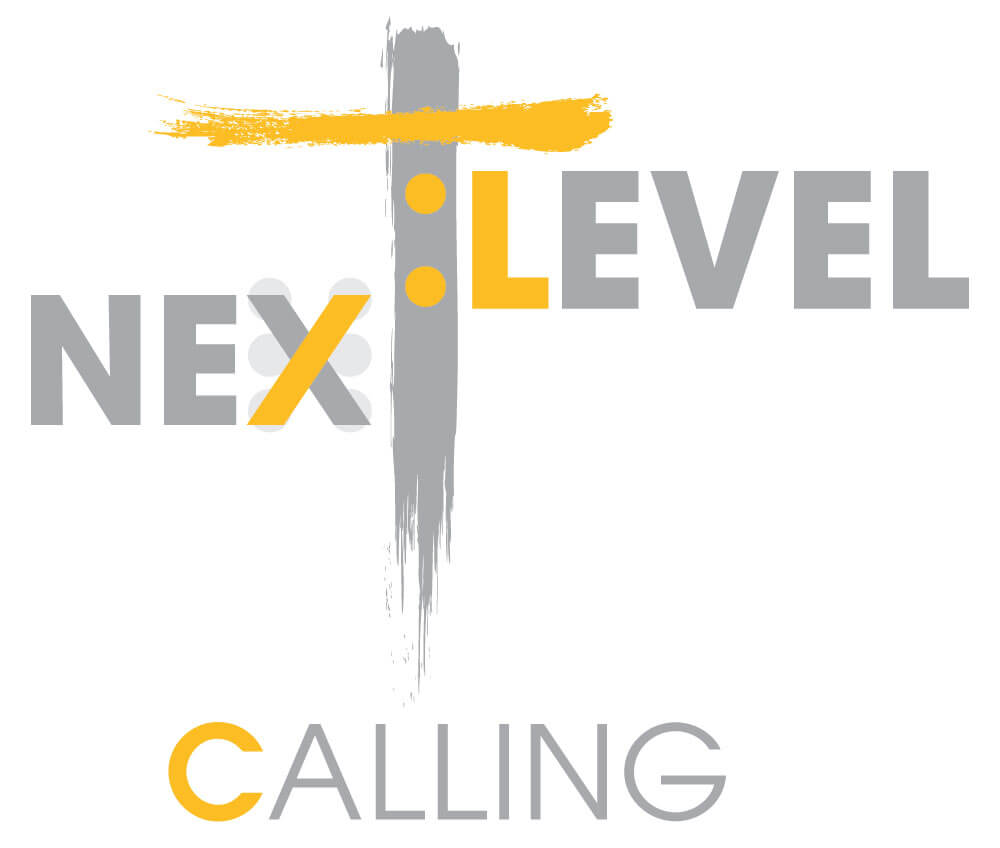A business plan is a comprehensive roadmap for how a business will operate, grow and succeed in its industry. This document outlines a company’s goals, strategies, and action plans for achieving those goals.
A typical business plan includes several key components, including:
- Executive summary
- Company description
- Market analysis
- Products or services
- Marketing and sales strategy
- Operations and management
- Financial projections
Crafting a solid business plan is essential to building a strong foundation for your business. To write a business plan quickly and efficiently, you can utilize a business plan template which provides a framework to guide you through the process. With a well-structured template, you can ensure that your plan covers all the essential elements required for success.
Download our Business Plan Template created by our professionals at Next Level Calling.
How to write a business plan
There is no definitive approach to writing a business plan that works for everyone. The key is to tailor your plan to your specific business needs and goals. That being said, most business plans tend to fall into two general categories: traditional or lean startup.
Traditional Business Plan
The traditional business plan typically involves a comprehensive, detailed document that outlines every aspect of the business, from market analysis to financial projections.
Lean Startup Business Plan
In contrast, a lean startup business plan is designed to be a more agile, streamlined document that focuses on the most critical components of the business, such as its value proposition and target market.
Ultimately, the right format for your business plan depends on your goals, audience, and resources. By carefully considering these factors, you can choose a business plan format that effectively communicates your vision and strategy, and helps you achieve success.
What are the main components of a traditional business plan?
If you are a detail-oriented entrepreneur who requires a comprehensive plan or intends to seek financing from conventional sources, a traditional business plan format might be the ideal choice for you.
However, it’s worth noting that you don’t have to stick to a rigid business plan outline. Rather, you can customize your plan to suit your business and your specific requirements. While traditional business plans generally comprise nine core sections, you can choose the sections that make the most sense for your business and goals. By focusing on the most critical aspects of your venture, you can create a plan that best represents your vision and communicates your strategy effectively.
Executive summary
To effectively convey the essence of your business and persuade potential investors, it is crucial to provide a clear overview of your company’s mission, product or service, leadership team, employees, and location. You should also include relevant financial information and high-level growth plans if you plan to seek financing.
Company description
Your company description is an opportunity to provide a comprehensive overview of your business, including the problems it solves and the target consumers, organizations, or businesses it aims to serve. To create an effective company description, it is crucial to be specific and detailed.
Market analysis
Conducting comprehensive industry and market research is essential for building a successful business. By gaining a deep understanding of your industry outlook and target market, you can better identify competitive advantages and develop effective strategies for growth.
Gain a deeper comprehension of Market Analysis and how it can be advantageous for your business – Read our article on What is Market Analysis?
Organization and management
It’s essential to clearly describe the legal structure of your business in your business plan. This includes specifying whether you have or intend to incorporate as a C or S corporation, form a general or limited partnership, or operate as a sole proprietor or limited liability company (LLC).
Service or product line
In your business plan, it’s important to clearly and concisely describe the product or service your company offers. This includes explaining how your offering benefits your customers and how it fits into the marketplace.
It’s also helpful to outline the product lifecycle, from research and development to launch, growth, and potential exit strategies. This can help investors and stakeholders understand the long-term potential of your product or service.
Marketing and sales
Crafting a tailored marketing strategy is vital to any business. In your business plan, describe how you plan to attract and retain customers, as well as how you plan to close sales. Include details on advertising, promotions, social media, and other channels you plan to use to reach your audience. Your sales strategy should outline how you plan to turn prospects into paying customers. This helps potential investors and stakeholders understand how you plan to grow your customer base and revenue.
Funding request
In this section, you’ll outline your funding requirements if you’re seeking financial support. Your aim is to clearly state how much funding you’ll require over the next five years and how you intend to use it. You’ll need to specify whether you’re looking for debt or equity, the terms you prefer, and the time frame for your request. Be specific about how you plan to use the funds, such as buying equipment or materials, paying salaries, or covering specific expenses until revenue increases. It’s also important to describe your future financial plans, such as paying off debt or selling the business. This will help potential investors or lenders understand the potential returns on their investment.
Financial projections
Include financial projections to support your funding request. Provide historical financial statements and a prospective financial outlook for the next five years, including income statements, balance sheets, and cash flow statements. Use graphs and charts to visualize the financial data and make it easy to understand.
Appendix
Use the appendix section to include additional documents, such as credit histories, resumes, product images, legal documents, patents, licenses, contracts, letters of reference, and any other supporting materials that were requested.
Lean Startup Business Plan
A lean startup format is suitable if you want to start your business quickly, have a simple business, or plan to refine your plan regularly. It uses a few elements to describe your company’s value proposition, infrastructure, customers, and finances, making it a great tool for visualizing tradeoffs and fundamental facts. Free templates are available online to help you create your lean startup plan.
Key partnerships
List the critical actions and tasks that your business needs to perform to create and deliver your product or service to customers. This section should focus on the things that are essential to the operation of your business, such as production, manufacturing, research and development, marketing, and customer service. Consider the resources, systems, and processes required to carry out these activities, and how they fit together to create value for your customers.
Key activities
Identify and describe the key factors that will set your business apart from competitors. This could include a unique value proposition, proprietary technology, strategic partnerships, or a strong brand identity. Emphasize how your business will stand out in the market and attract customers.
Key resources
Identify the resources that your business will utilize to create value for your customers. These resources may include your staff, financial assets, or intellectual property. Consider leveraging resources that are available for women, veterans, Native Americans, or businesses located in Historically Underutilized Business Zones (HUBZones).
Value proposition
Craft a clear and compelling value proposition that highlights what sets your company apart from the competition and why customers should choose you. Explain the benefits you offer, the problems you solve, and the value you create for your customers. Make sure your value proposition is simple and easy to understand, and that it speaks directly to the needs and desires of your target market.
Customer relationships
Explain the process of how your customers will engage with your business. Will it be online or in-person? Will it be an automated or personal experience? Consider the entire customer journey, from the initial contact to the final sale, and describe how you will ensure a positive customer experience.
Customer segments
Provide a clear and specific description of your target market. It’s important to understand that your business won’t appeal to everyone, so identifying your target audience is crucial.
Cost structure
Define your company’s strategy as either focused on reducing costs or maximizing value, and explain why you’ve chosen this approach. After that, outline the most significant expenses you’ll incur while pursuing your strategy.
Revenue streams
Describe the revenue model for your business, outlining how you plan to generate income. This could be through direct sales, subscriptions, advertising, or other methods. If your company has multiple revenue streams, list them all and provide a clear explanation of how they contribute to your overall revenue.
Need help? Get free business counseling.
Consider connecting with a Next Level Calling business advisor today to receive expert guidance and support in taking your business to the next level. Our advisors have the knowledge and experience to help you overcome challenges, make informed decisions, and achieve your goals. Don’t hesitate to reach out and start your journey towards success.
Join our Christian Business Fellowship and start your journey towards success with NextLevelCalling.org. Follow us on Facebook and Instagram to stay updated on our latest articles and learn valuable insights on growing your business.

